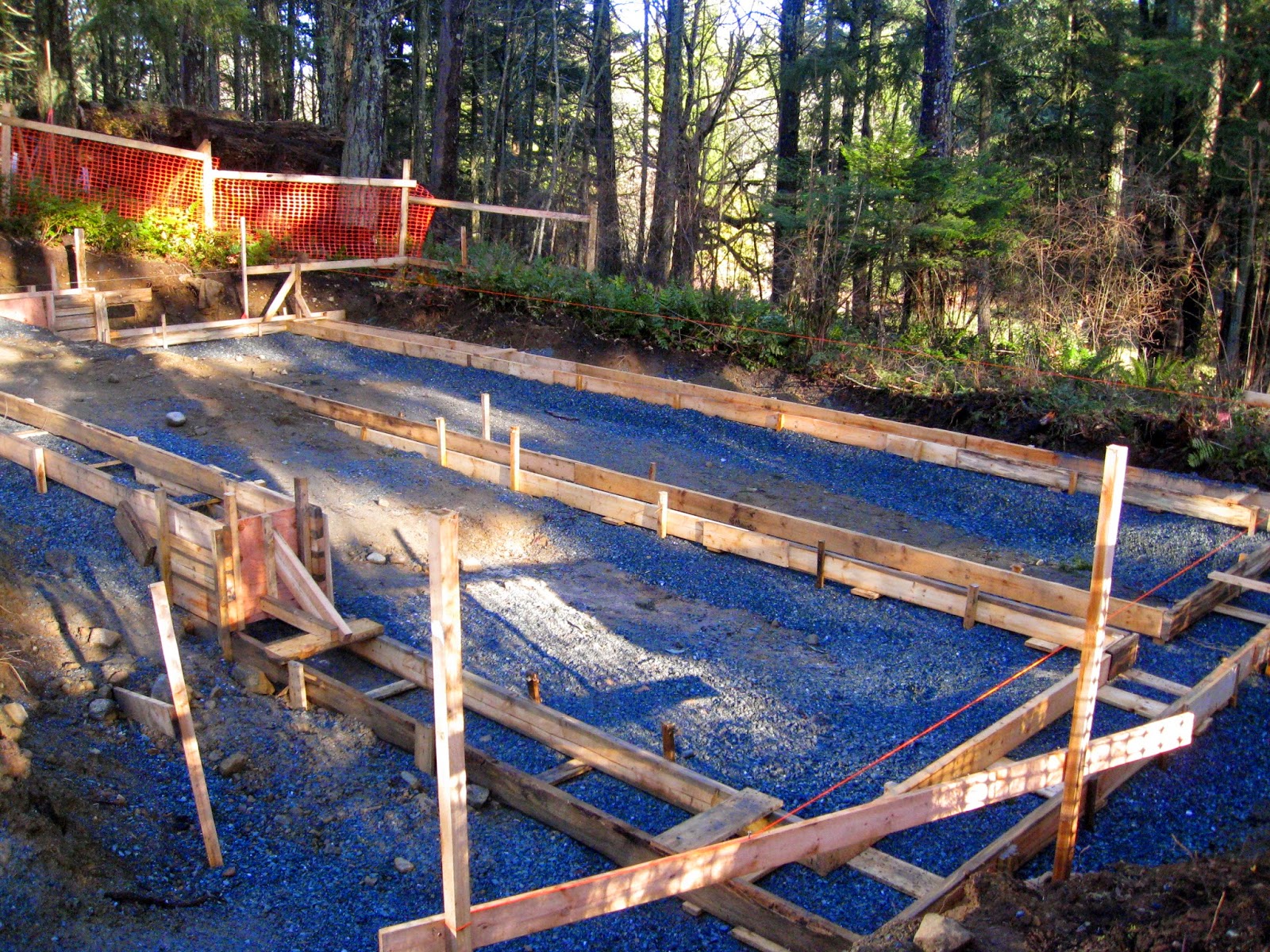The tourist brochures talk of being in the Fez medina as stepping back into the Middle Ages. Many traditional skills are still practiced and old-world services still offered. This likely to be one of the reasons why it is a UNESCO World Heritage Site.
If you want a worn article of clothing freshened up, visit the street dyer, drop off your faded garment and pick it up once it has been over-dyed.
The Fes medina has a dyers' district where dyeing skills have been handed down through many generations. Hand-woven woolen and cotton cloth, tanned hides of camels, goats, cattle and sheep are tanned and dyed at a number of different tanneries.
Earthen vats are filled with dye materials - ochre, poppy, pomegranate and henna for reds, date stones for light brown.
Fullers stomp on the hides in the vats then lift them out. It is back-breaking work for only the strongest. And the smell... but you probably don't notice it when you work there every day. Visiting tourists are handed a fresh sprig of mint to help the delicate ones cope with the smell. I found the smell to be not too bad, but I did remind myself we were there in winter. In the summer heat, I may have gagged.
The small yellow hides are saffron-dyed lamb skins to make the softest of leather.
From our high vantage point in a leather goods store's verandah, we stood for a long time watching all of the different activities going on.



















































